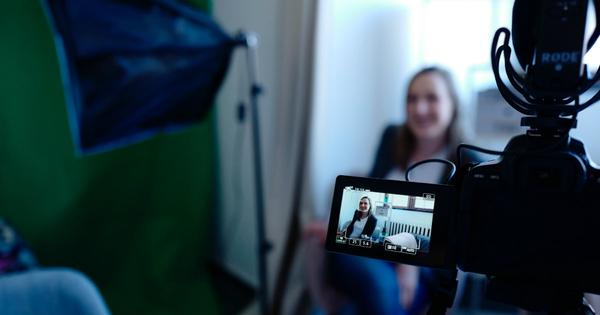How to act for more equality between men and women in the media?
Why is the media a key player in the fight against gender stereotypes? How can we achieve more equality in newsrooms and in the media spotlight?
The inventory of gender inequalities in the media around the world shows that there is still much progress to be made in this area.
Discredited on the media scene, women are too few to express themselves as experts, a phenomenon amplified by Covid-19. They are also often interrupted by men when they speak on set (phenomenon of “manterrupting”) or even relegated to certain areas such as education or social and generally presented in a passive posture.
It's not much better in newsrooms: when they are not victims of moral or sexual harassment, they are hampered in their careers where certain jobs are still mainly reserved for men, such as that of reporter, and come up against the glass ceiling when they want to move up the hierarchy.

Gender stereotypes are at the heart of this systemic problem. However, when they are conveyed through representative bodies such as the media, these stereotypes transmit in particular to the youngest the image of a gendered society. It is primarily in these representative bodies that the fight against gender inequalities must first and foremost be concentrated.
How do the media have a power but also a duty of social cohesion and the fight against discrimination? How to put it into practice? Decryption…
The role of the media in raising awareness of the challenges of equality between women and men
The media, a reflection of our societies
The media do more than inform , broadcast programs or advertising. Whether at the level of their organization or the citizens who compose them, the media reflect our societies, their functioning. They have an essential role in democracy and in particular enable citizens to express themselves.








